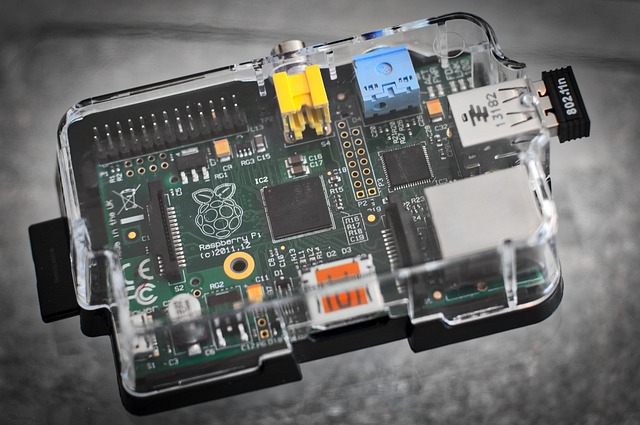The Linux kernel is the heart of the Linux operating system and one of the key components that makes it function. In this article, we will look at the basics of the Linux kernel, what it is and how exactly it works.
What is the Linux kernel?
The Linux kernel is the software that manages the hardware resources of a computer and enables communication between hardware devices and application programs. It is free source code developed by Linus Torvalds and numerous developers from around the world. It has many advantages such as reliability, security and scalability, making it one of the most popular kernels in the world.
Linux Kernel Architecture
The Linux kernel is built on a monolithic architecture, which means that all the major functions of the operating system such as memory management, process management, and I/O are performed inside a single program called the kernel. This ensures efficient communication between the different components of the system.
The Linux kernel also supports modularity, which allows kernel functionality to be added and removed as loadable modules. This makes the Linux kernel very flexible and customizable for different needs.
The main functions of the Linux kernel are
Memory management: The Linux kernel is responsible for managing the physical and virtual memory of the computer. It allocates memory to different processes to ensure their isolation and security.
Process Management: The kernel manages the creation, start, suspension and termination of processes. Processes are executable programs that run on the computer.
Device Management: The kernel provides interaction with hardware devices such as hard disks, keyboards, mice, and network adapters. It provides interfaces to interact with these devices.
Networking: The Linux kernel includes networking protocols and drivers, allowing the computer to connect to a network and exchange data.
Security: The kernel provides many security mechanisms, such as access control and process isolation, to protect the system from threats.
How does the Linux kernel work?
The Linux kernel runs in two modes: user mode and privileged (or kernel) mode. User mode code executes with limited privileges and does not access hardware resources directly. Privileged mode code executes with full permissions and has access to hardware resources.
When an application program wants to perform some operation that requires privileges, it makes a system call. The Linux kernel checks this call and, if it is valid, performs the requested operation on behalf of the application. This ensures secure communication between applications and the kernel.
In conclusion, the Linux kernel plays a key role in the Linux operating system by providing hardware resource management and enabling communication between applications and hardware. Its modular architecture and open source code make it a powerful tool for building a variety of systems, from servers to embedded devices.



